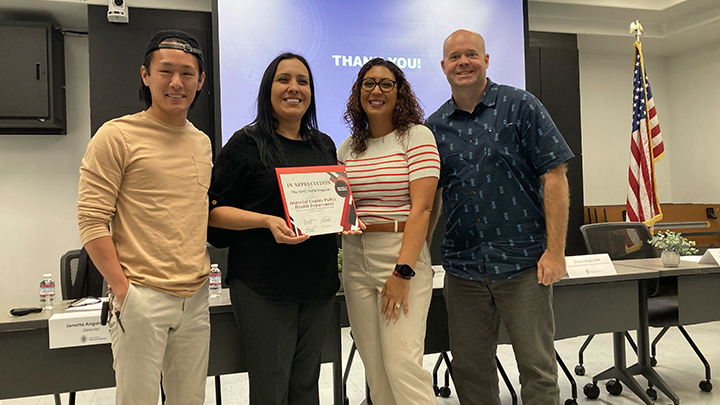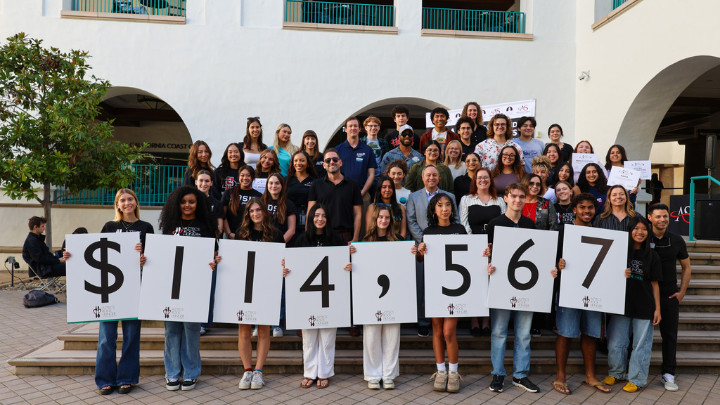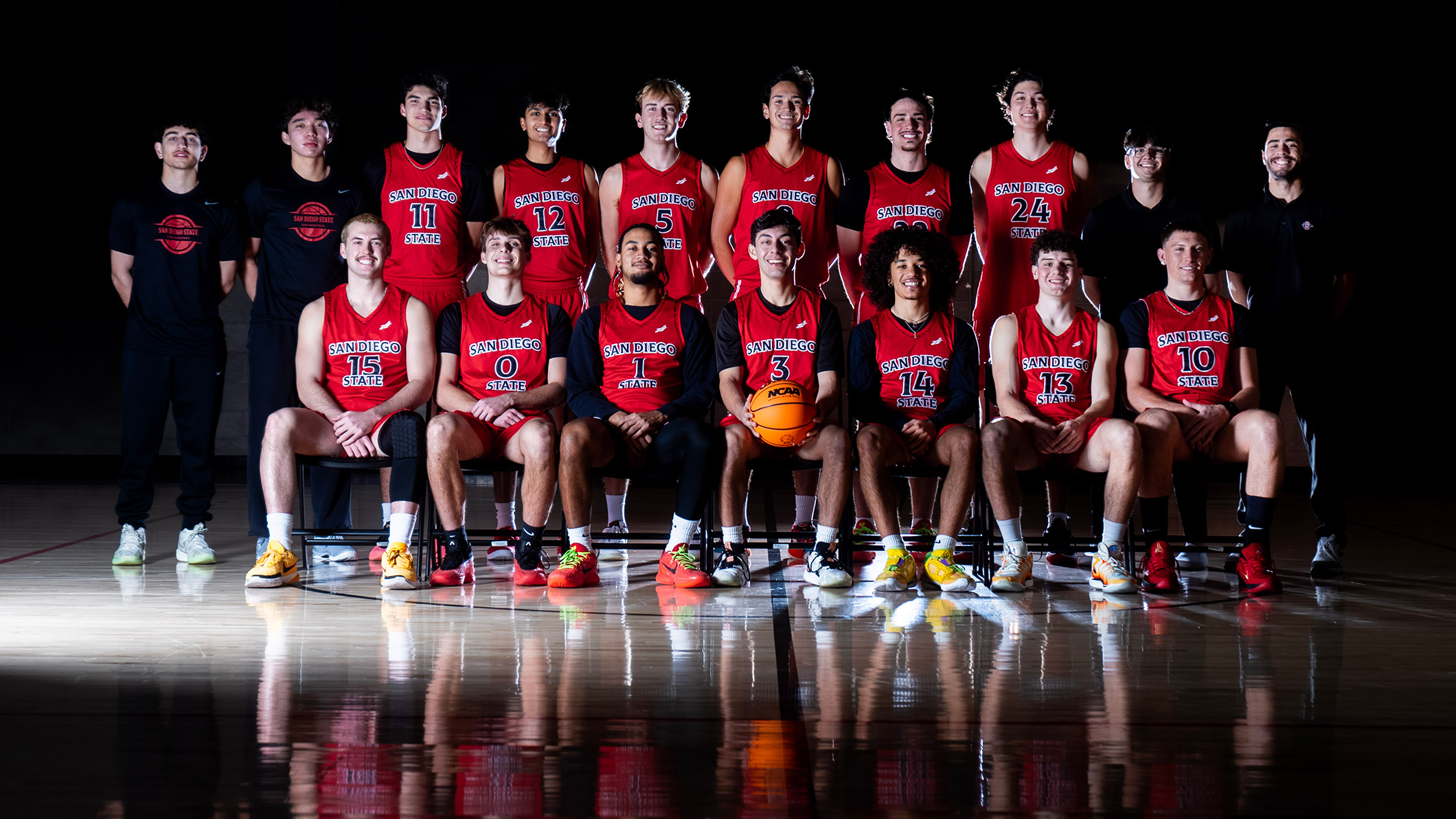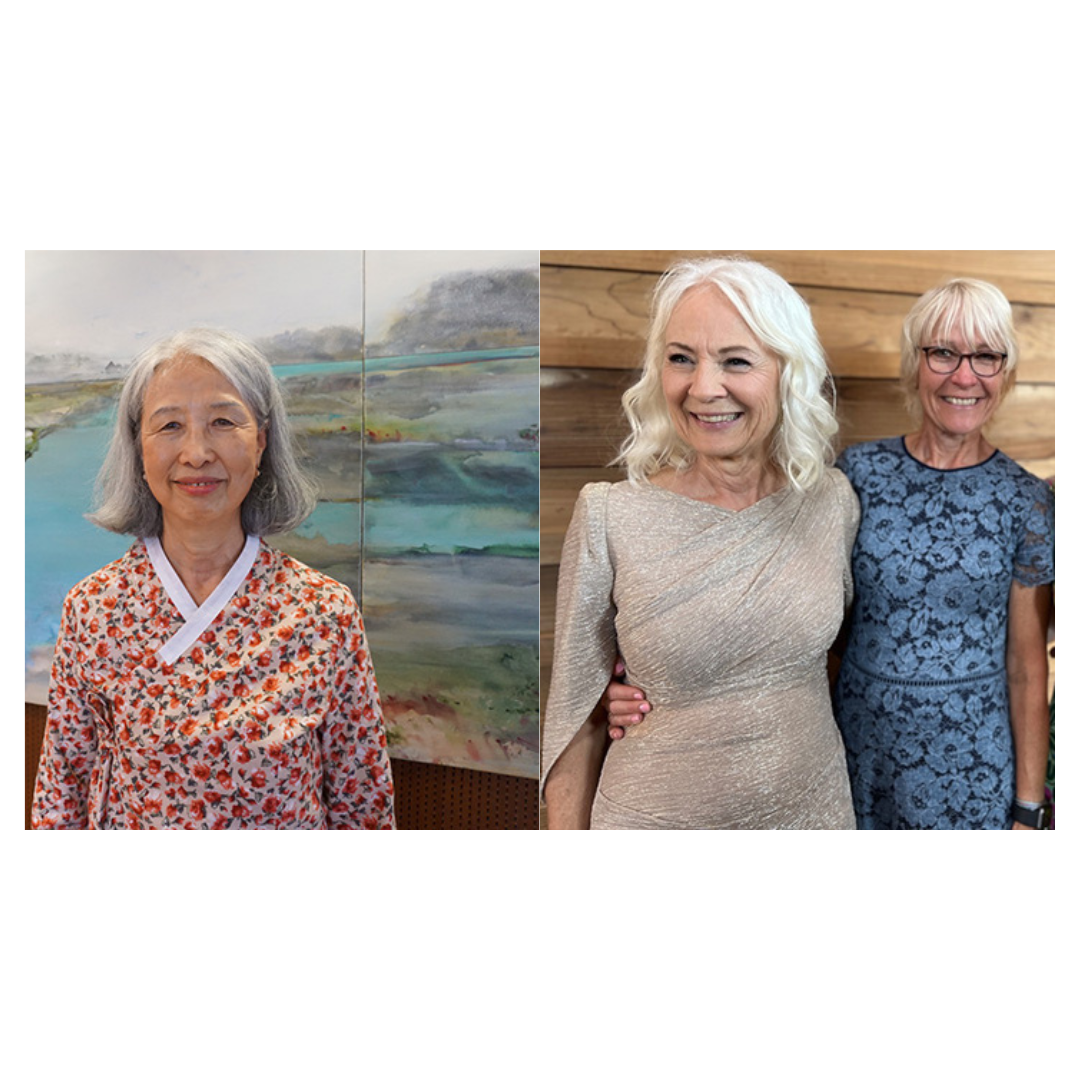SDSU’s Doctor of Public Health students gain ground-level insight during immersive study tour
The aspiring public health leaders visited regional health service providers across San Diego and Imperial counties and Tijuana

In an intensive two-week study tour stretching across San Diego and Imperial counties and into Tijuana, 18 Doctor of Public Health (DrPH) students at San Diego State University were offered behind-the-scenes looks at how different public health and social service organizations operate, collaborate and adapt to meet the needs of their communities.
Each of the DrPH mid-career students already holds a Master of Public Health degree and significant field experience. The study tour is a signature component of the program’s Community and Population Health course, led by Connie Evashwick, SDSU global health management and policy professor.
The goal was to expose these emerging public health leaders to real-world examples of how health systems coordinate services across different populations, address gaps in service provision and wellness programs, and ultimately improve the health of families and communities, as well as individuals.
“This study tour is an amazing opportunity for the mid-career DrPH students to connect with SDSU partners of key community health services to learn firsthand about leadership, the pragmatic challenges of day-to-day management of public health programs, and the impressive diversity of San Diego's communities and health networks,” Evashwick said. “As the future leaders of public health for California, the nation, and the world, we are delighted to blend San Diego's wealth of front-line expertise with the academic curriculum.”
The new Doctorate in Public Health degree program is the first of its kind offered by the California State University system. The degree program was approved by the State of California Legislature in fall 2022 after SDSU had advocated for independent doctorate degrees along its journey to achieving R1 status, which the university accomplished in 2025.
The cohort visited more than a dozen distinct health organizations across the region’s sprawling network.
Stops included the San Diego County Department of Health and Human Services, Rady Children’s Hospital, the Belmont Village senior living complex, Sharp Grossmont Behavioral Health Hospital, Neighborhood Healthcare, Father Joe’s Villages and the San Diego American Indian Health Center.
Students also visited regional specialty sites such as the San Diego Zoo Wildlife Alliance at Safari Park and the Naval Hospital at Camp Pendleton, and engaged with cross-border public health dynamics through a multisite experience in Tijuana, Mexico.
In Imperial County, students met with Imperial County Public Health Department officials and toured Pioneers Memorial Hospital to understand the health challenges unique to the Valley. Optional cultural and wellness experiences, including a walk at Torrey Pines State Natural Preserve and group dinners, fostered community and reflection within the cohort.
“This immersive two-week program provided our cohort with the invaluable opportunity to engage directly with leading public health experts, whose commitment to the field was both inspiring and instructive,” SDSU DrPH student Maria Soto said. “The experience has equipped me with practical insights and strategies that I intend to adapt within my local health department programming to advance collaborative, community-based public health initiatives.”
At each site, students had direct conversations with executives, clinical directors, and frontline staff, hearing firsthand about the realities of public health management.
Students were expected to prepare in advance, researching organizations’ histories, patient demographics, policies, and data. They also prepared questions for staff members at each site, which the students will organize into a paper due in the fall.
Examples of those questions include: How are services financed and evaluated? What accommodations are made for underserved groups? What strategic challenges are organizations grappling with, and where are they headed next? What issues do they champion for advocacy initiatives?
Students will continue to reflect on their experiences in follow-up online sessions and submit a final paper in November, summarizing their observations.



